SOURCE: AFI
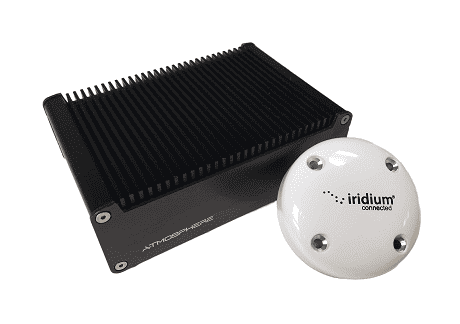

Avantel Ltd, a prominent player in the Indian defence and aerospace sectors, has recently secured a significant purchase order from NewSpace India Limited (NSIL) valued at Rs. 67.9 crores. The contract involves the supply of prototype terminals, with delivery scheduled by April 2025. This new order reflects Avantel’s continued prominence in delivering critical communication solutions to key players in India’s strategic sectors.
Avantel Ltd has long-established itself as a trusted partner to various defence and aerospace organizations in India. Its customer base includes the Indian Navy, Indian Army, Indian Air Force, and Bharat Electronics Limited (BEL), alongside global industry giants such as Lockheed Martin and The Boeing Company. These collaborations underscore Avantel’s reputation for providing cutting-edge technology and communication solutions that are integral to both domestic and international defence programs.
Continue readingSOURCE: IDRW.ORG TEAM


Indian defense experts are urging the government to prioritize developing its own fighter jets instead of locally manufacturing foreign aircraft under the Multi-Role Fighter Aircraft (MRFA) tender. Ranesh Rajan, a prominent analyst, spoke to idrw.org, highlighting the critical need for an Indian alternative to the French Rafale fighter jet, which the Indian Air Force (IAF) desires.
Rajan argues that simply manufacturing foreign jets under license, like the Rafale, offers minimal benefits to the Indian aerospace industry. “Local manufacturing of any foreign fighter jets under the MRFA tender will not teach Indian Industry anything,” he asserts.
Continue readingSOURCE: IDRW.ORG
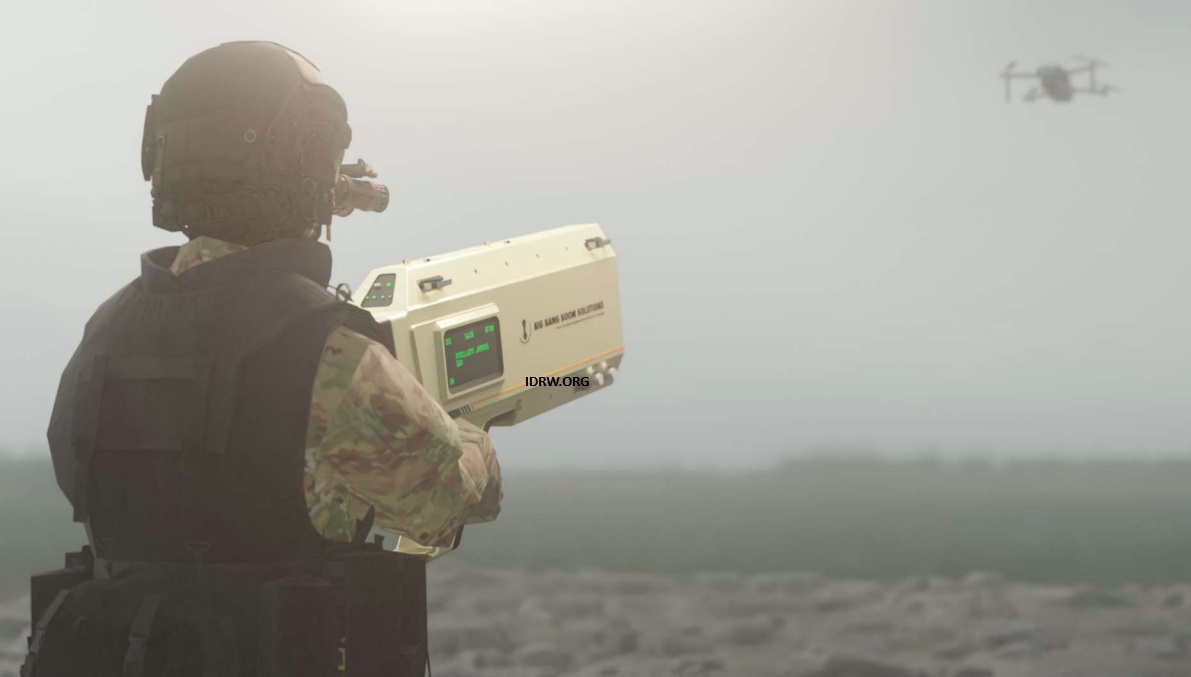

Big Bang Boom Solutions Private Limited, a leading technology company based in Chennai, has unveiled the Vajra Shot, a groundbreaking handheld anti-drone jammer. This innovative device is poised to redefine the landscape of drone defense with its unique software-defined functionality.
Unlike traditional jammers that operate on fixed frequencies, the Vajra Shot boasts the ability to adapt its interference output frequency through software. This adaptive capability allows it to effectively neutralize a wide range of standard and non-standard unauthorized drones, making it a versatile tool for countering evolving drone threats.
Continue readingSOURCE: AFI
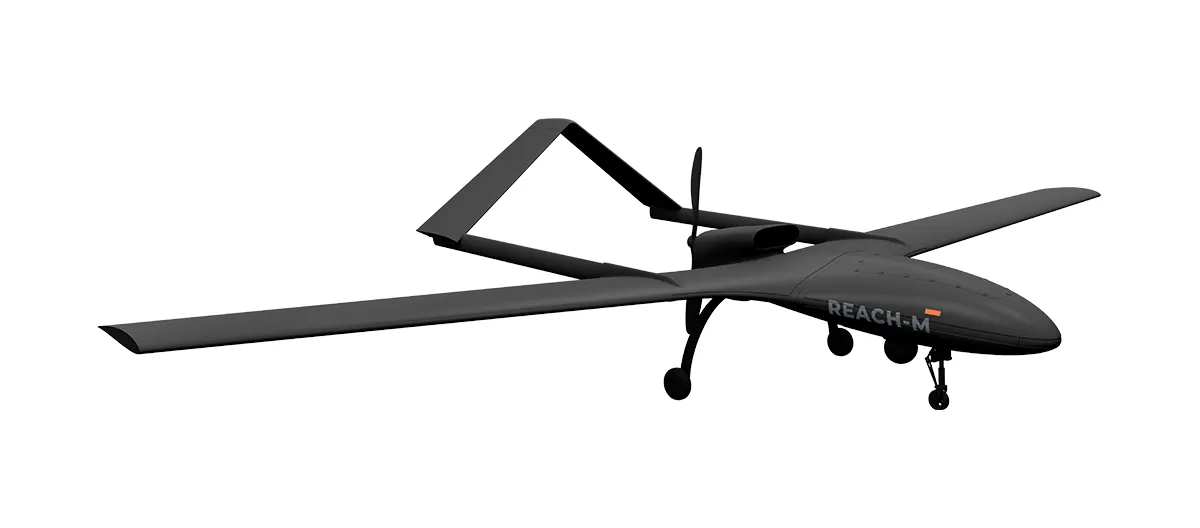

UAE’s EDGE Group, a leading advanced technology and defense company, is actively seeking an Indian private sector partner to expand its defense collaboration with India. This partnership aims for the local production of EDGE Group’s extensive UAV portfolio, catering not only to the Indian market but also for potential exports.
EDGE Group boasts an impressive portfolio of over 20 drones and UAVs, offering a variety of solutions for Indian defense needs. According to idrw.org, EDGE Group has expressed particular interest in offering the REACH-M Fixed-Wing MALE UAV to Indian defense forces with the possibility of local production rights.
Continue readingSOURCE: AFI


According to prominent defense journalist Anantha Krishnan M, both squadrons of the Tejas fighter aircraft, currently stationed at Air Force Station Sulur, are grappling with significant maintainability issues. Sources have confirmed to Mr. Krishnan that certain components within the Tejas are experiencing recurring problems.
The Indian Air Force operates two Tejas Mk1 squadrons, each consisting of 16 jets. These aircraft recently participated in Exercise Tarang Shakti-24, one of the largest multinational air exercises conducted by the IAF in Jodhpur. Mr. Krishnan also said, ” Please note that these are common issues fighter squadrons face the world over”.
Continue readingSOURCE: AFI
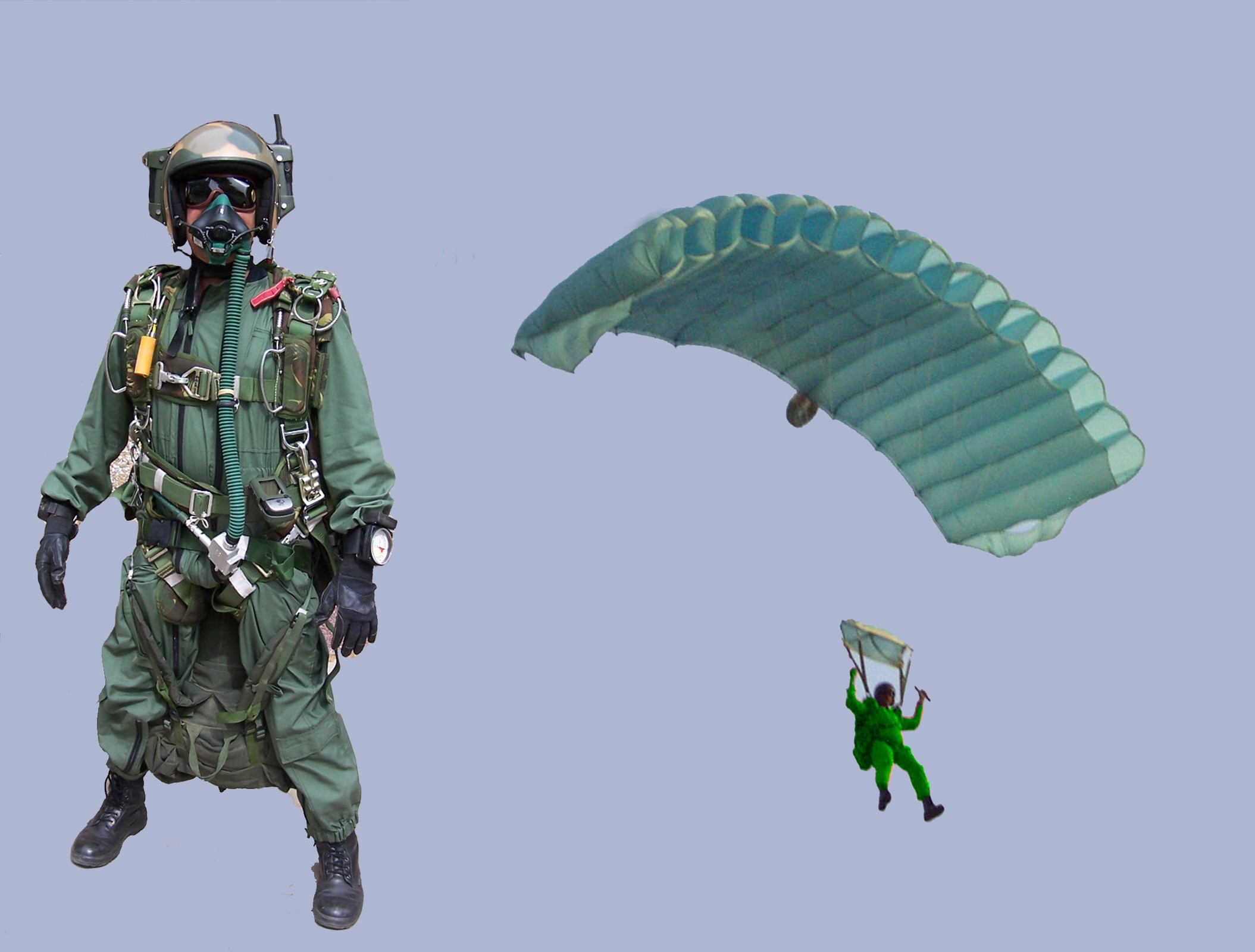

India’s Defence Research and Development Organisation (DRDO) showcased its latest Combat Free Fall (CFF) parachute system at the Land Forces 2024 exhibition, held from 11 to 13 September in Melbourne. This advanced system is designed to enhance the capabilities of paratroopers by allowing them to jump from extreme altitudes and land at precise locations, ensuring mission success in challenging environments.
The CFF parachute system features a sophisticated nine-cell ram air design, which measures 8.84 meters in length. This design offers excellent lift and maneuverability, boasting a lift-to-drag ratio of 3.3:1. With a maximum forward speed of 40 km/h, the parachute enables controlled descents from altitudes ranging from 2,000 to 30,000 feet. The system allows paratroopers to glide over long distances, with the ability to cover 30 km and reach designated targets with precision.
Continue readingSOURCE: AFI
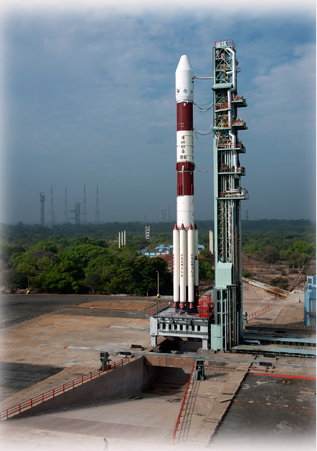

The Indian Space Research Organisation’s (ISRO) workhorse rocket, the Polar Satellite Launch Vehicle (PSLV), is set to make history as the first-ever privately built version of the launch vehicle takes flight. According to D Radhakrishnan, the chief of NewSpace India Limited, this maiden launch is anticipated to occur by the end of 2024.
The industry consortium of Hindustan Aeronautics Limited (HAL) and Larsen & Toubro (L&T) is spearheading the development of the private PSLV, known as the PSLV-XL N1. The consortium has successfully completed several critical stages, including the realization of solid motors, last year.
Continue readingSOURCE: AFI

Lokesh Machines Limited has achieved a significant milestone with the acquisition of a license from the Department for Promotion of Industry and Internal Trade (DPIIT), Government of India. This authorization empowers the company to manufacture Fixed/Towed Heavy Machine Guns with calibers ranging from above 12.7mm to up to 30mm.
The acquisition of this license underscores Lokesh Machines Limited’s commitment to contributing to India’s defense capabilities and self-reliance in critical military equipment. The company’s ability to manufacture heavy machine guns domestically will not only reduce dependence on imports but also create opportunities for technology transfer, skill development, and local job creation.
Continue readingSOURCE: RAUNAK KUNDE / NEWS BEAT / IDRW.ORG
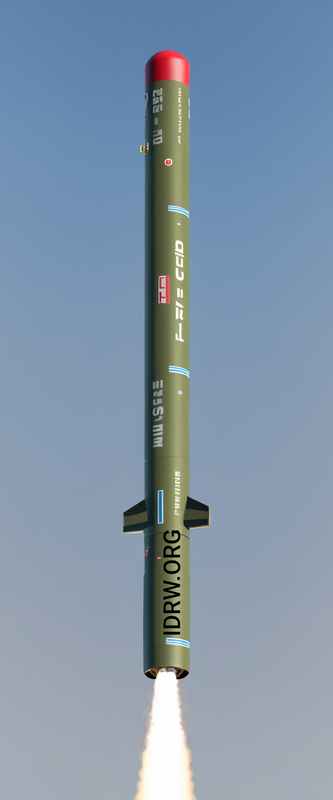

The Defence Research and Development Organisation (DRDO) is set to commence developmental trials of the ship-launched anti-ship sub-sonic cruise missile version of Nirbhay within the next 12-18 months. The research and development for this missile have been completed, and the fabrication process is currently underway.
The ship-based sub-sonic cruise missile will be available in two variants: Land Attack Cruise Missile (LACM) and Anti-Ship Cruise Missile (ASCM). DRDO has already developed a Universal Vertical Launch Module (UVLM) that can accommodate both ship-based sub-sonic and supersonic cruise missiles like BrahMos.
Continue readingSOURCE: RAUNAK KUNDE / NEWS BEAT / IDRW.ORG


Initial assessments by Indian Air Force (IAF) officials suggest that the Embraer C-390 Millennium transport aircraft might be the most feasible option for its Multi-Role Transport Aircraft (MTA) program, according to IAF sources speaking to idrw.org.
Speaking on condition of anonymity to idrw.org, IAF officials highlighted the C-390M’s design as a key factor in its favour. These officials believe the C-390M’s design offers greater potential for multi-role development compared to that can be used to develop Airborne Warning and Control Systems (AWACS) or Maritime Patrol Aircraft (MPA) platforms.
Continue readingSOURCE: RAUNAK KUNDE / NEWS BEAT / IDRW.ORG
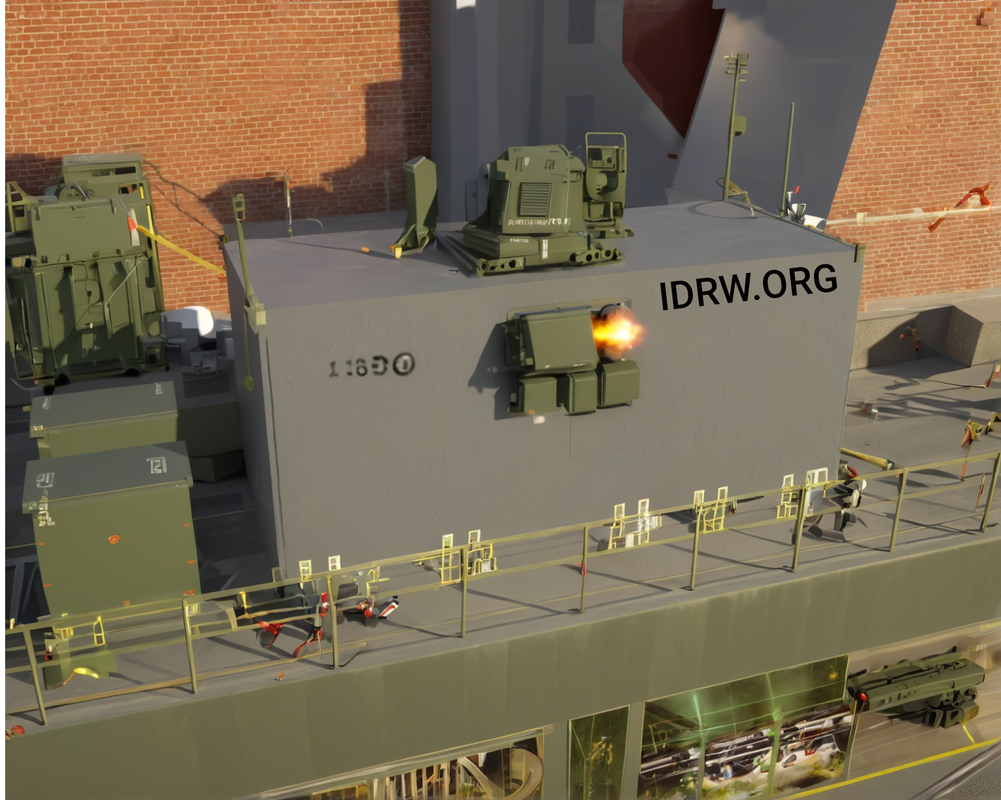

A significant breakthrough in defence technology has been achieved by the Defence Research and Development Organisation (DRDO) as its 2KW Directed Energy Weapon (DEW) system has completed trials onboard Indian Naval warships. This development paves the way for the integration of even more powerful DEW systems into the Navy’s frontline warships.
The DRDO’s ultimate goal is to develop a 100KW DEW system capable of engaging and neutralizing a wide range of threats, from small-calibre mortars and rockets to unmanned aerial vehicles (UAVs) of various sizes. This system will be equipped with pinpoint accuracy and can operate at ranges of hundreds of meters to several kilometers.
Continue readingSOURCE: AFI


Turkey is reportedly planning to procure 100 F404 engines from GE Aerospace to power its new Hurjet light fighter jet. The move highlights Turkey’s efforts to bolster its domestic aerospace capabilities while securing advanced propulsion technology for its indigenous aircraft programs. Additionally, Turkey has also requested that the more powerful F110 engines be manufactured domestically to meet its growing defence needs.
The Hurjet, which uses an F404-GE-102 afterburning turbofan engine generating 78 kN of thrust, is Turkey’s ambitious light fighter and advanced jet trainer project. The aircraft is expected to serve both training and combat roles, with the F404 engine at its core. This engine choice aligns with global trends for light fighter jets, but the large procurement of 100 units shows Turkey’s determination to accelerate the program and ensure reliable engine supply.
Continue readingSOURCE: AFI


The Indian Navy’s second ballistic missile submarine (SSBN), INS Arighat, has recently become operational with the K-4 submarine-launched ballistic missile (SLBM), according to DRDO officials. This significant development marks a major milestone for India’s nuclear deterrence capabilities.
The K-4 SLBM, with a range of 3500 kilometres, is a highly accurate weapon system capable of achieving a “near zero circular error probability.” DRDO officials in past have told idrw.org and have asserted that the K-4’s accuracy surpasses that of Chinese missiles, providing India with a strategic advantage.
Continue readingSOURCE: AFI
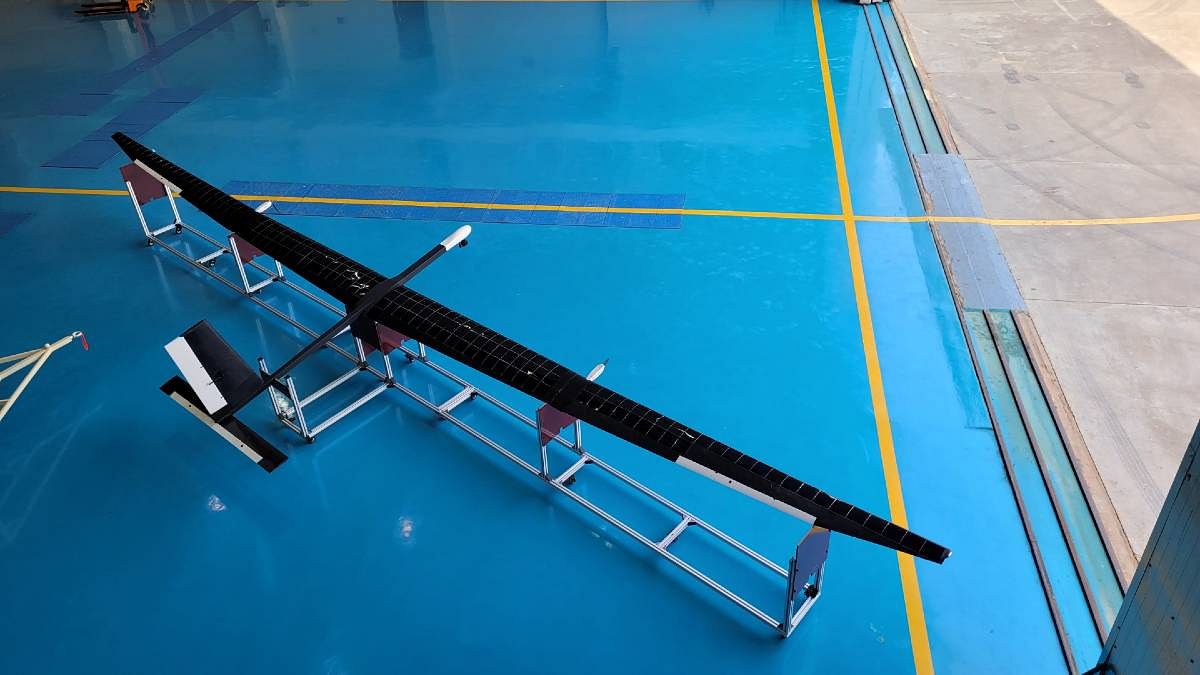

The National Aerospace Laboratories (NAL), based in Bengaluru, has developed an innovative High-Altitude Platform (HAP)—an advanced system designed for long-duration surveillance and reconnaissance. This state-of-the-art platform represents a significant leap in India’s aerospace capabilities, providing an economical and highly effective alternative to traditional satellites and unmanned aerial vehicles (UAVs) for continuous monitoring of enemy territories.
One of the most remarkable aspects of NAL’s HAP is its ability to remain operational for extended periods. The aircraft is designed for 90 days of continuous operation, depending on atmospheric conditions and the efficiency of its onboard systems. This endurance allows for prolonged, uninterrupted monitoring, offering a continuous eye in the sky over strategically important areas.
Continue readingSOURCE: AFI
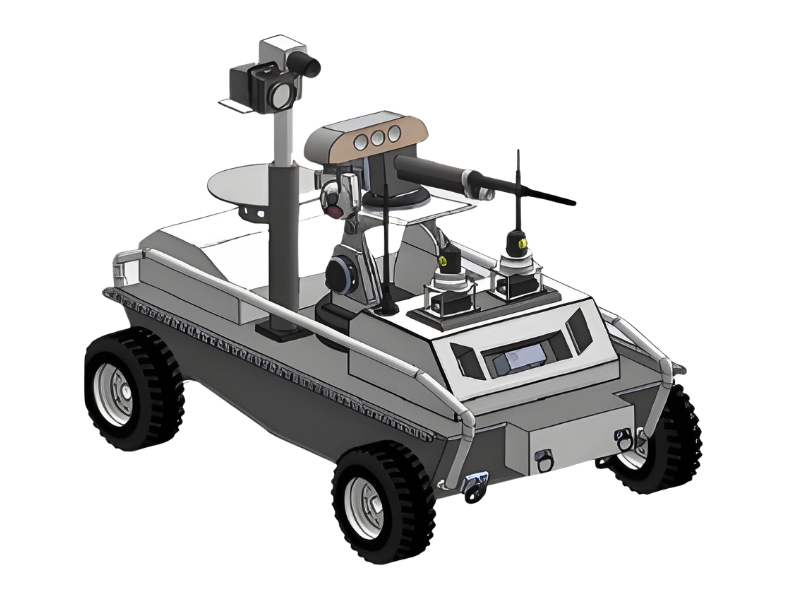

Vasai-based start-up JanyuTech has taken a significant leap in robotics by developing the Varaha QRS (Quality Robotic System)—an advanced, four-legged robot tailored for military and industrial applications. Designed with cutting-edge technology, the Varaha quadrupedal robot is a versatile machine that offers unparalleled mobility, safety, and defense-grade reliability, making it a game-changer for operations in unstructured and harsh terrains.
The Varaha QRS robot boasts an innovative design that ensures seamless mobility across various terrains. Its quadrupedal structure allows it to maintain stability while moving, making it effective even in rugged environments. By lifting one leg at a time, the robot achieves a tripod configuration, ensuring a lower center of gravity and superior balance.
Continue reading